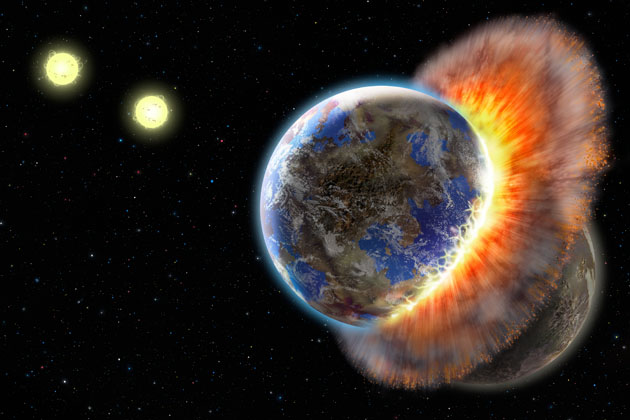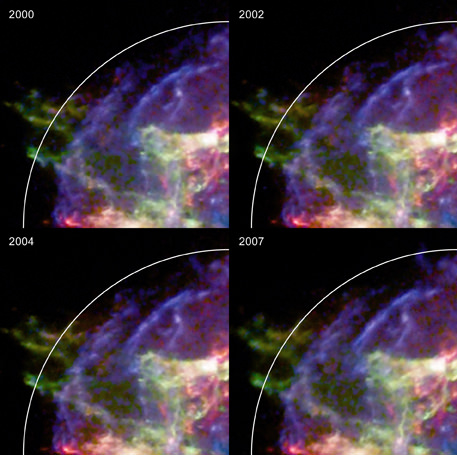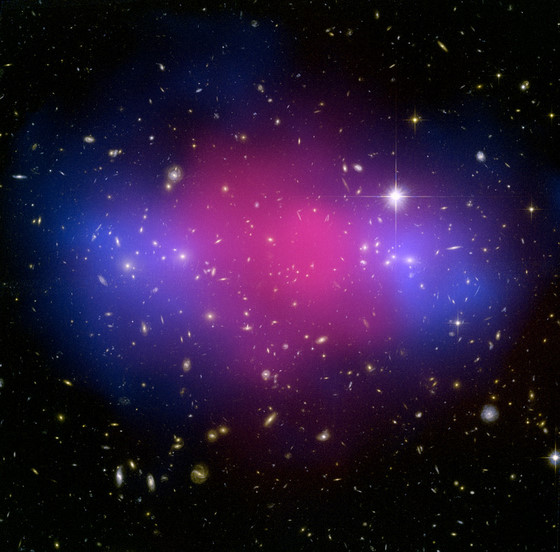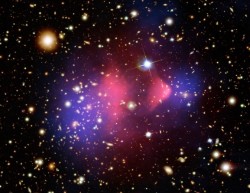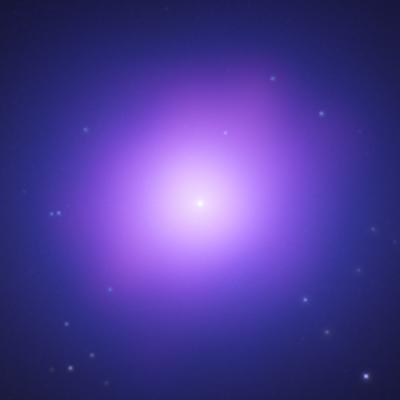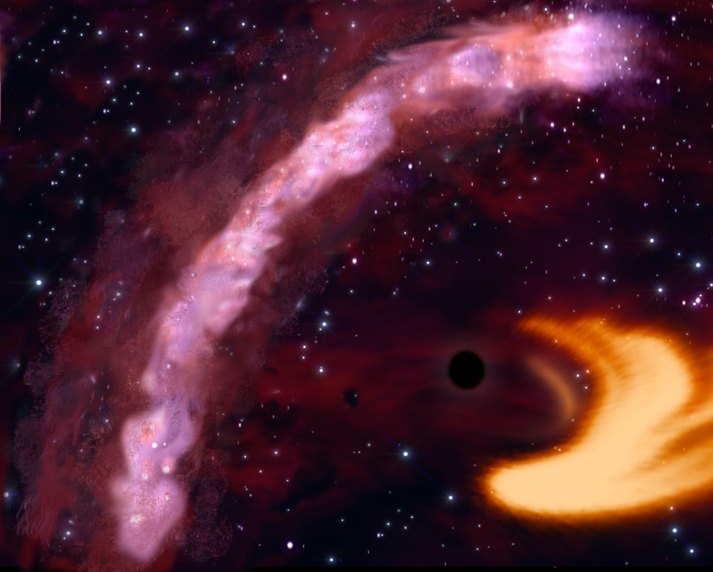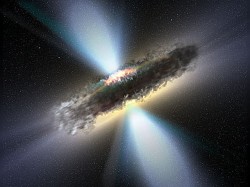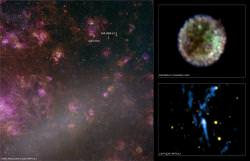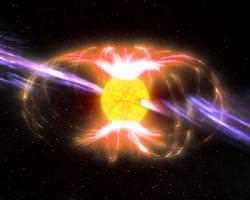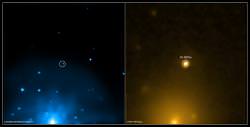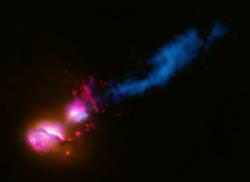[/caption]
In September, it was announced the Chandra X-ray Observatory had spotted something very odd about BD+20 307. The binary system appeared to have a dusty disk surrounding it, indicative of a young, planet-forming system a fraction of the age of the Solar System. However, it was well known that the binary was actually several billion years old. It turns out that this disk was created by a rare planetary event; a cataclysmic planetary collision.
On Wednesday, at the AAS conference in Long Beach, I attended the “Extrasolar Planets” session to listen in on more results from Hubble about the exciting exoplanet discoveries in November… however, for me, the most captivating talk was about the strange, dusty old binary and the future detective work to be carried out to track down a planet killer…
The talks by astrophysicists working with the optical Hubble data were superb, showing off some of the science behind last years spate of direct observations of exoplanets, particularly the massive planet orbiting the star Fomalhaut, shaping a scattered disk of dust. However, there was no further news to report, apart from some cool numerical models the scientists will be using to characterize Fomalhaut b and a very interesting talk about the predicted lifetimes of exoplanets undergoing tidal stresses (which, unfortunately, I missed the first five minutes of as I got lost in the Long Beach Convention Center).
The one presentation that did pique my interest was Ben Zuckerman’s review of the progress being made in the study of BD+20 307. A few months ago, this piece of research caused a huge amount of interest as it provided the first piece of evidence of a huge, rocky planetary collision in the star system 300 light years away. Naturally, many news sources ran with article titles like: Is this what the Solar System would look like after Earth was hit by another planetary body? As Zuckerman pointed out, the fact that the group used an artist impression of a colliding Earth-like body (plus land masses and oceans, as pictured top) was no accident. BD+20 307 is certainly at an age when oceans might have formed and life–as Zuckerman morbidly conjectured–may have thrived. Not for any longer…
Usually when we observe dust around a star, we can assume that it is a planet-forming star system that is fairly young. Conversely, as I found out to great depth in the conference, very old white dwarf systems can reveal a lot about their past planetary population when their dusty contaminants are studied. However, the dust contained in the BD+20 307 system is a puzzle. Astronomers had discovered a system, of comparable age to ours with a large amount of warm dust (T~500K). A system of that age will have long since expelled (via stellar wind pressure) or accreted any left-over dust from the planet-forming stages. Therefore, the only remaining explanation is that a rocky body collided with another, ejecting a huge amount of micron-sized warm dust particles.
So is this what the Solar System would look like after Earth is shattered by another planet? Possibly.
Zuckerman then pushed into some work being done to understand how the planetary collision could have happened in the first place. After all, the planets in our Solar System have settled into long-term stable orbits, any planet in BD+20 307 will have the same qualities. There were some questions as to whether the binary stars may have contributed to destabilizing the system, but Zuckerman quickly argued against this idea as the binary has such a tight orbit (with an orbital period of only 3.5 days), the destroyed planet will have found a stable orbit far from any gravitational variations.
So what could have caused the carnage in BD+20 307? We know that massive planetary bodies exert a huge gravitational pull on their host star and other planets in a system (i.e. Jupiter in the case of our Solar System), occasionally bullying (and sometimes capturing) them along the way. A small nudge in the wrong direction and planets could be knocked from their orbits, set on a collision course. So, much effort is now being put into a search for a third, faint star in BD+20 307. Perhaps it could be orbiting far away from the dancing binary, occasionally swinging past the planetary bodies, setting up the huge collision event.
This certainly seems reasonable, as 70% of binary star systems are found to have a third star. However, Zuckerman’s team have yet to find the “killer” third star and he appears confident that after careful analysis that there is no other stellar body within a 20 AU radius of the binary pair. Next, he intends to study the “wobble” of the centre of mass of the BD+20 307 binary to see if there is any gravitational anomaly as the mysterious “third star” tugs at the pair.

